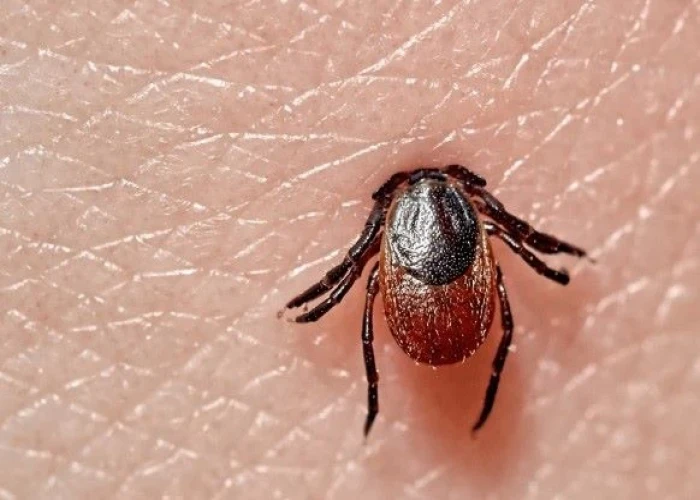 Welcome
Welcome
“May all be happy, may all be healed, may all be at peace and may no one ever suffer."
Lyme disease

Lyme disease is a bacterial infection that is spread to humans through the bite of an infected black-legged tick. It is most common in parts of the United States and Europe where these ticks are found.
The early symptoms of Lyme disease can include a characteristic "bull's-eye" rash, fever, chills, fatigue, muscle and joint aches, and swollen lymph nodes. If left untreated, the infection can spread to other parts of the body, causing more serious symptoms such as severe headaches, neck stiffness, arthritis, heart palpitations, and nerve pain.
Lyme disease is diagnosed based on the presence of symptoms, a history of exposure to infected ticks, and blood tests to confirm the presence of the bacteria that cause the disease.
The treatment of Lyme disease involves antibiotics, such as doxycycline, amoxicillin, or cefuroxime. Treatment is usually effective if started early, although some people may continue to experience symptoms even after treatment. In these cases, additional treatment may be necessary.
Prevention of Lyme disease involves taking precautions to avoid tick bites, such as wearing protective clothing, using insect repellents, and checking for ticks after spending time outdoors. It is also important to remove any ticks promptly using tweezers, grasping the tick as close to the skin's surface as possible and pulling upward with steady, even pressure.
Overall, Lyme disease can be effectively treated if caught early and managed appropriately. If you suspect you have Lyme disease or have been bitten by a tick and experience any symptoms, you should contact your healthcare provider as soon as possible.
Research Papers
Disease Signs and Symptoms
- Skin rash
- Fever
- Fever and chills
- Fatigue (Tiredness)
- Headaches
- Swollen lymph nodes
Disease Causes
Lyme disease
In the United States, Lyme disease is caused by the bacteria Borrelia burgdorferi and Borrelia mayonii, carried primarily by black-legged or deer ticks. Young brown ticks often are no bigger than a poppy seed, which can make them nearly impossible to spot.
To contract Lyme disease, an infected deer tick must bite you. The bacteria enter your skin through the bite and eventually make their way into your bloodstream.
In most cases, to transmit Lyme disease, a deer tick must be attached for 36 to 48 hours. If you find an attached tick that looks swollen, it may have fed long enough to transmit bacteria. Removing the tick as soon as possible might prevent infection.
Disease Prevents
Lyme disease
The best way to prevent Lyme disease is to avoid areas where deer ticks live, especially wooded, bushy areas with long grass. You can decrease your risk of getting Lyme disease with some simple precautions:
- Cover up. When in wooded or grassy areas, wear shoes, long pants tucked into your socks, a long-sleeved shirt, a hat and gloves. Try to stick to trails and avoid walking through low bushes and long grass. Keep your dog on a leash.
- Use insect repellents. Apply insect repellent with a 20% or higher concentration of DEET to your skin. Parents should apply repellant to their children, avoiding their hands, eyes and mouth.
- Keep in mind that chemical repellents can be toxic, so follow directions carefully. Apply products with permethrin to clothing or buy pretreated clothing.
- Do your best to tick-proof your yard. Clear brush and leaves where ticks live. Mow your lawn regularly. Stack wood neatly in dry, sunny areas to discourage rodents that carry ticks.
- Check your clothing, yourself, your children and your pets for ticks. Be especially vigilant after spending time in wooded or grassy areas. Deer ticks are often no bigger than the head of a pin, so you might not discover them unless you search carefully.
- It's helpful to shower as soon as you come indoors. Ticks often remain on your skin for hours before attaching themselves. Showering and using a washcloth might remove unattached ticks.
- Don't assume you're immune. You can get Lyme disease more than once.
- Remove a tick as soon as possible with tweezers. Gently grasp the tick near its head or mouth. Don't squeeze or crush the tick, but pull carefully and steadily. Once you've removed the entire tick, dispose of it by putting it in alcohol or flushing it down the toilet, and apply antiseptic to the bite area.
Disease Treatments
Antibiotics are used to treat Lyme disease. In general, recovery will be quicker and more complete the sooner treatment begins.
Antibiotics
- Oral antibiotics. These are the standard treatment for early-stage Lyme disease. These usually include doxycycline for adults and children older than 8, or amoxicillin or cefuroxime for adults, younger children, and pregnant or breast-feeding women.
- A 14- to 21-day course of antibiotics is usually recommended, but some studies suggest that courses lasting 10 to 14 days are equally effective.
- Intravenous antibiotics. If the disease involves the central nervous system, your doctor might recommend treatment with an intravenous antibiotic for 14 to 28 days. This is effective in eliminating infection, although it may take you some time to recover from your symptoms.
- Intravenous antibiotics can cause various side effects, including a lower white blood cell count, mild to severe diarrhea, or colonization or infection with other antibiotic-resistant organisms unrelated to Lyme.
After treatment, a small number of people still have some symptoms, such as muscle aches and fatigue. The cause of these continuing symptoms, known as post-treatment Lyme disease syndrome, is unknown, and treating with more antibiotics doesn't help.
Some experts believe that certain people who get Lyme disease are predisposed to develop an autoimmune response that contributes to their symptoms. More research is needed.
Disease Diagnoses
Disease Allopathic Generics
Disease Ayurvedic Generics
Disease Homeopathic Generics
Disease yoga
Lyme disease and Learn More about Diseases
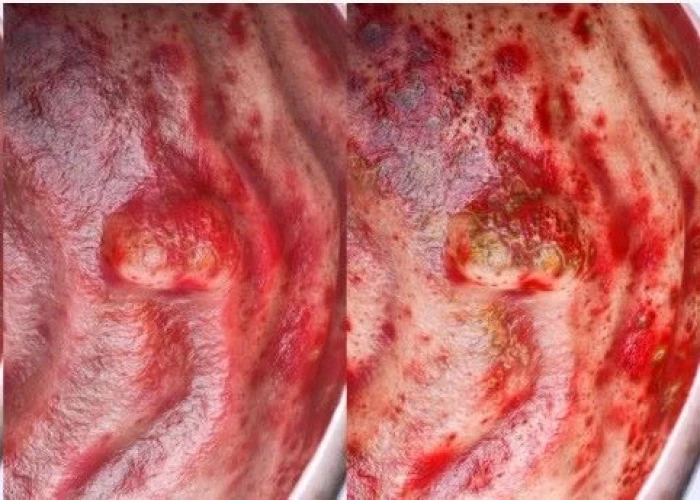
Peptic ulcer
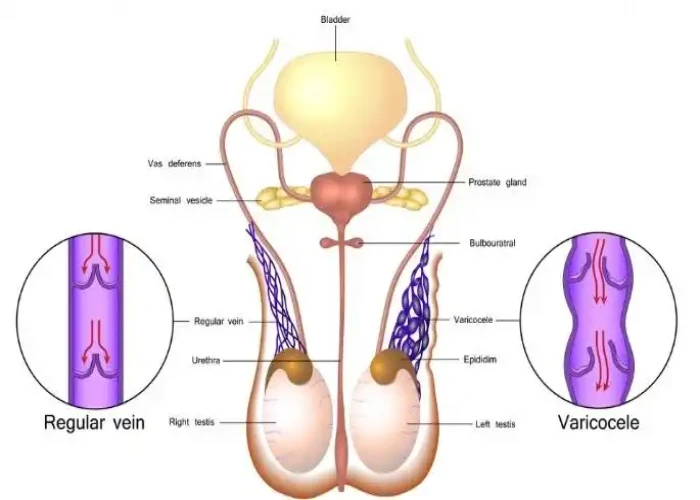
Varicocele

Bronchiolitis
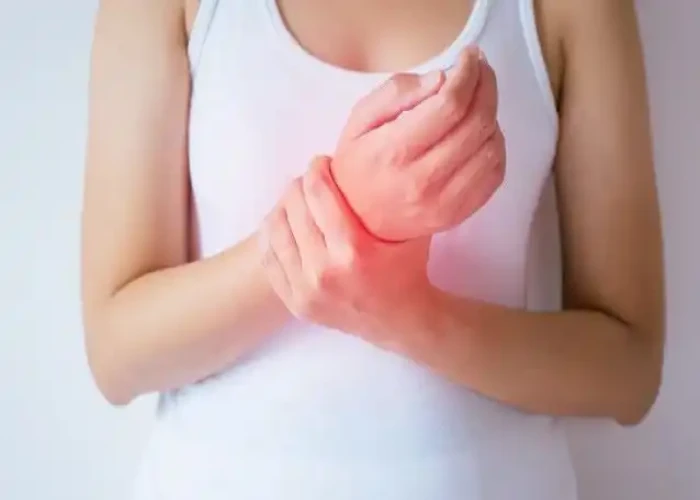
Ulnar wrist pain
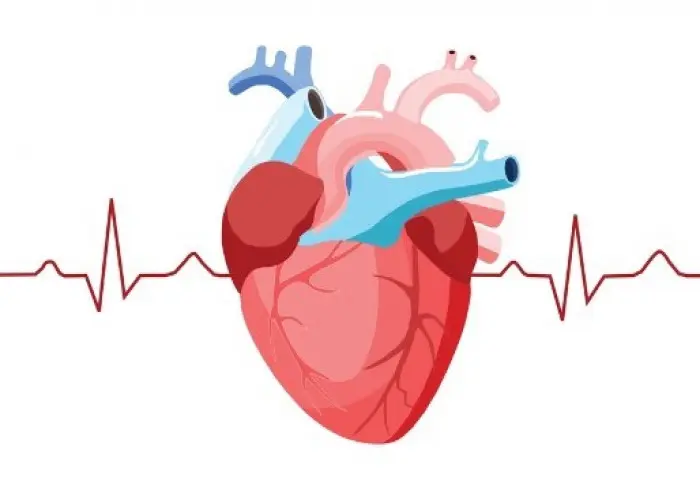
Heart disease
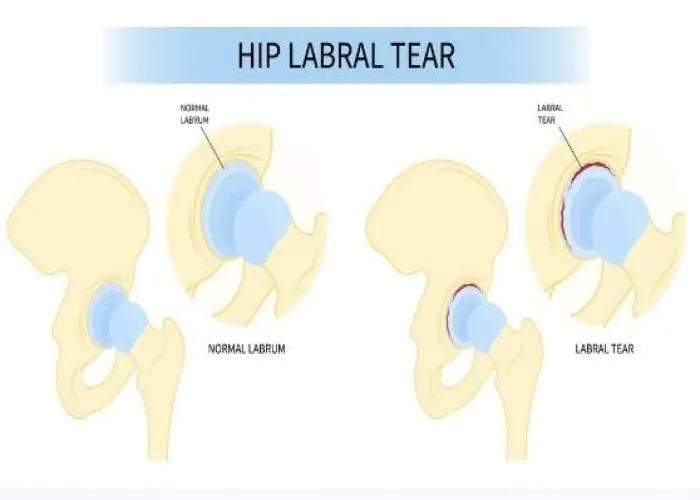
Hip labral tear

Low blood pressure (hypotension)
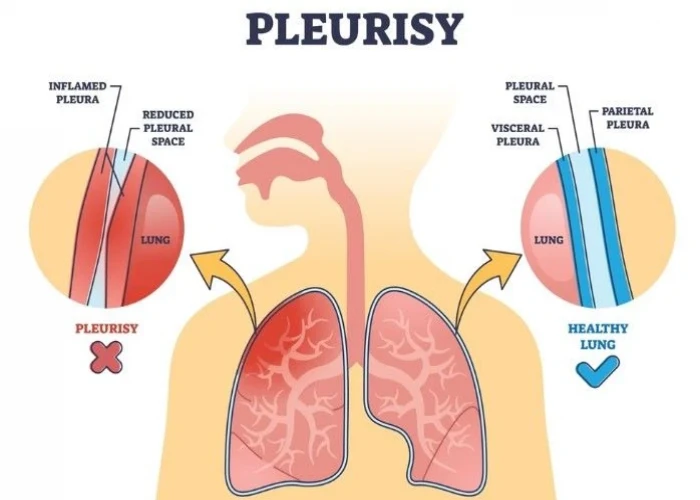
Pleurisy
lyme disease, লাইম ডিজিজ
To be happy, beautiful, healthy, wealthy, hale and long-lived stay with DM3S.
